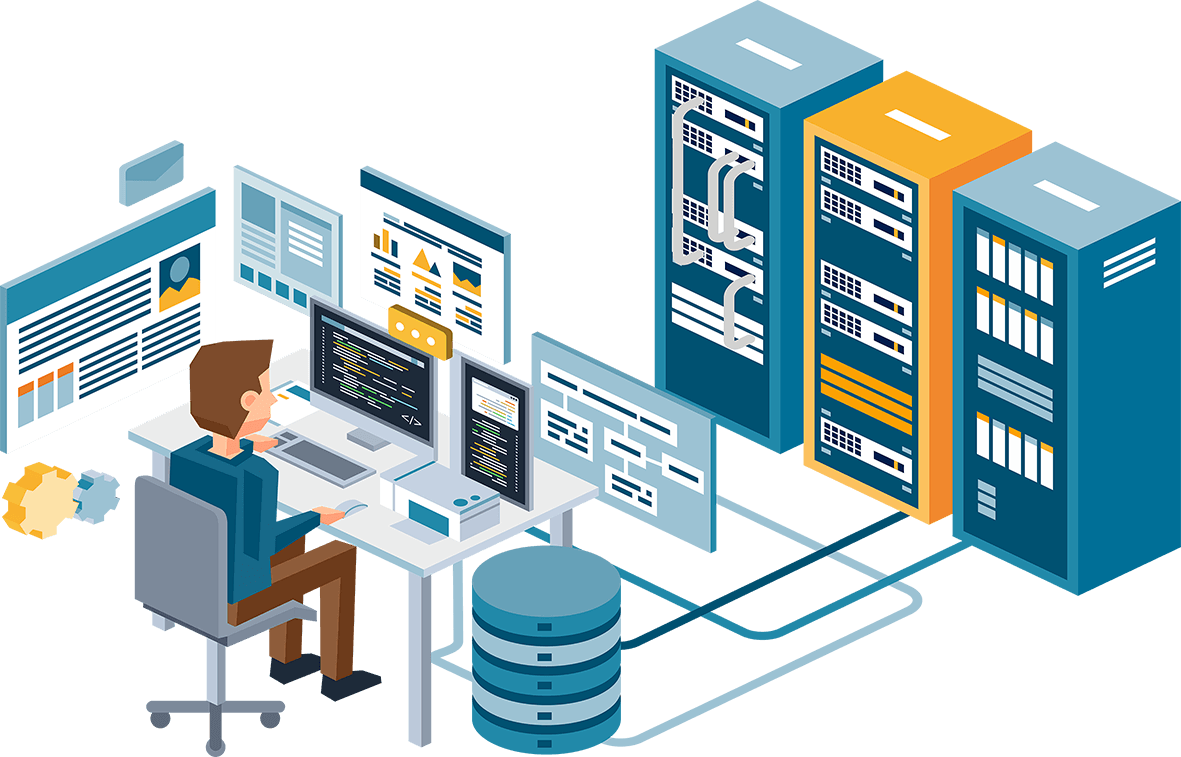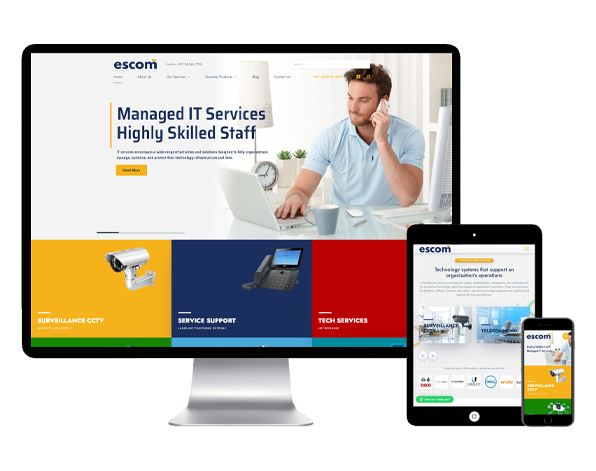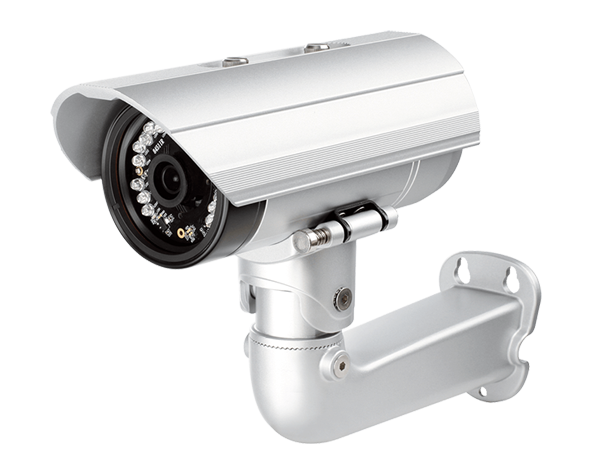IT infrastructure services encompass the design, implementation, management, and maintenance of the foundational technology systems that support an organization’s operations. These services ensure that hardware, software, networks, data centers, and other technology components are optimized and aligned with business objectives.
Key Components of IT Infrastructure Services
- Network Infrastructure
- Design, installation, and management of network systems including LAN, WAN, and Wi-Fi networks.
- Services include network monitoring, configuration, and security.
- Server Management
- Installation, configuration, and maintenance of physical and virtual servers.
- Services include performance monitoring, patch management, and backup solutions.
- Data Center Services
- Management of data center operations including storage, computing resources, and network connectivity.
- Services include colocation, data center migration, and disaster recovery.
- Cloud Services
- Provision of cloud-based solutions including cloud hosting, storage, and computing.
- Services include cloud migration, hybrid cloud management, and cloud security.
- End-User Computing
- Management of end-user devices such as desktops, laptops, and mobile devices.
- Services include device provisioning, software deployment, and remote support.
- IT Security Services
- Implementation and management of security measures to protect IT infrastructure from threats.
- Services include firewall management, intrusion detection, and incident response.
- Unified Communications
- Integration and management of communication tools such as VoIP, video conferencing, and instant messaging.
- Services include implementation, support, and maintenance of communication systems.
- Database Management
- Administration of databases to ensure data integrity, security, and availability.
- Services include database optimization, backup and recovery, and performance tuning.
- Backup and Disaster Recovery
- Development and management of backup solutions to ensure data availability and integrity.
- Services include regular backups, disaster recovery planning, and data restoration.
Benefits of IT Infrastructure Services
- Enhanced Performance and Efficiency
- Optimized IT systems improve overall performance and operational efficiency.
- Regular maintenance and updates prevent downtime and disruptions.
- Scalability
- Easily scale IT resources up or down based on business needs.
- Support for business growth and expansion.
- Cost Savings
- Reduced capital expenditure on IT infrastructure through managed services and cloud solutions.
- Predictable operational costs with service agreements.
- Security and Compliance
- Implementation of robust security measures to protect against cyber threats.
- Compliance with industry regulations and standards.
- Expert Support
- Access to skilled IT professionals and experts.
- Proactive support and rapid resolution of issues.
- Focus on Core Business
- Allows businesses to focus on their core competencies while IT infrastructure is managed by experts.
- Improves productivity and strategic focus.
Key Considerations When Choosing an IT Infrastructure Service Provider
- Experience and Expertise
- Look for providers with a proven track record and expertise in managing IT infrastructure.
- Consider their experience in your industry and with similar businesses.
- Service Offerings
- Ensure the provider offers a comprehensive range of services that meet your specific needs.
- Look for flexibility in service offerings and the ability to customize solutions.
- Reliability and Performance
- Assess the provider’s reliability, including uptime guarantees and performance metrics.
- Check for references and client testimonials.
- Security Measures
- Evaluate the provider’s security protocols and measures to protect your infrastructure.
- Ensure they comply with relevant regulations and standards.
- Support and Service Level Agreements (SLAs)
- Ensure the provider offers robust support with clear SLAs.
- Look for 24/7 support availability and defined response times.
- Cost and Value
- Compare pricing models and ensure transparency in cost structures.
- Assess the overall value provided in terms of service quality and support.







 AMC / Tech Service
AMC / Tech Service IT Infrastructure
IT Infrastructure Telecommunication
Telecommunication Surveillance CCTV
Surveillance CCTV Access Control
Access Control Web & Marketing
Web & Marketing